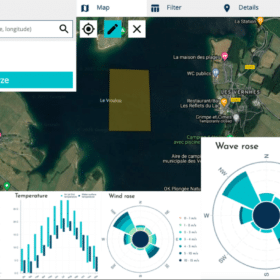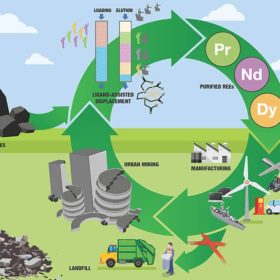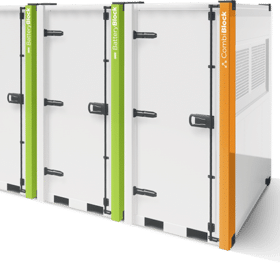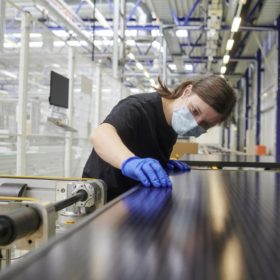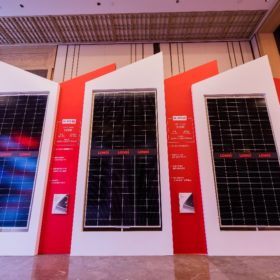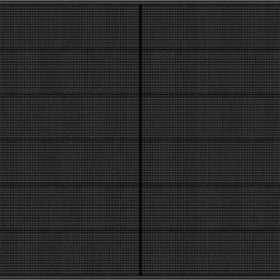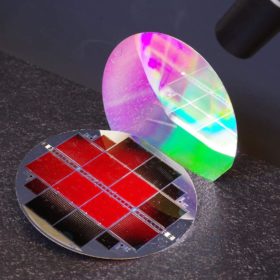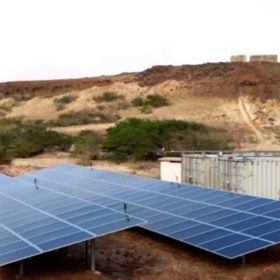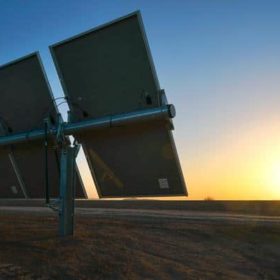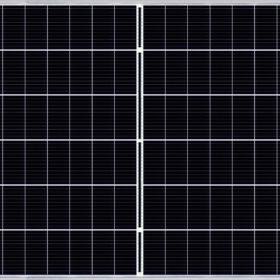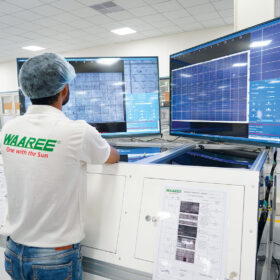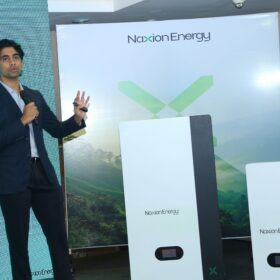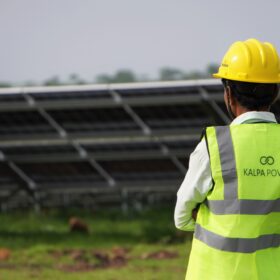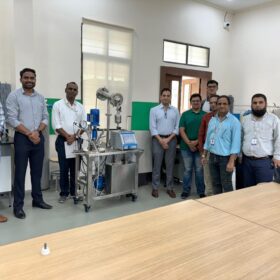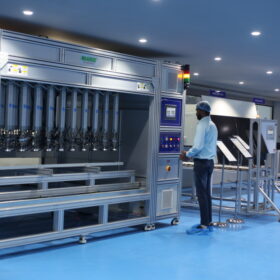New tech to identify best locations for floating PV
Norway’s Glint Solar and the Norwegian Geotechnical Institute have developed an algorithm that is able to automatically calculate wave heights and wind directions at potential locations for floating PV arrays. It considers the geometry of the water surface as well as 40 years of data on wind conditions.
Recycling rare-earth elements from dead lithium batteries
American Resources Corporation is developing a process to separate pure rare earth metals from lithium-ion batteries used in electric vehicles or power plants based on renewable energy. The technique is described as a two-zone ligand-assisted displacement chromatography (LAD) that is able to produce metals with high yields and purity of over 99%.
Leclanché unveils modular, plug-and-play solution for utility scale storage
The proposed solution is claimed to be able to mitigate potential fire risk, improve logistics and reduce costs. It consists of a series of interchangeable wide blocks that are said to be easily movable for simplified transportation.
Meyer Burger unveils 400 W heterojunction solar module
The solar module will be available in three versions – white, black, and glass-glass. The products have an output of up to 400 W, but when the bifacial effect is optimally used, the output of the glass-glass module can reach up to 430 W. Both the white and black modules weigh less than 20 kg.
Longi unveils two PV modules for distributed generation
The two new products will be part of the Hi-MO4m panel series for rooftop applications. Their efficiency ranges from 19.2% to 21.2%.
REC launches 405 W black solar module with gapless design
The new heterojunction panel series features an efficiency of up to 21.9 % and an operating temperature coefficient of -0.26% per degree Celsius.
Fraunhofer ISE achieves 35.9% efficiency for III-V triple-junction solar cell based on silicon
The cell, which looks externally like a device with a two-terminal architecture, was built with III-V semiconductor layers that were connected to the silicon sub-cell on the atomic level. The cell may be used in electrically powered aircraft and drones.
PV-powered desalination system for rural areas
Italian start-up Genius Watter has developed a solar desalination solution that is claimed to be particularly suitable for remote areas with no connection to grid electricity. The system is able to produce up to 1,000 cubic meters of potable water per day at an opex of €0.20 per cubic meter.
First Solar claims lowest module degradation rate in the industry
The US cadmium telluride thin-film module maker said its Series 6 CuRe panels are able to retain 92% of its performance at the end of the 30-year warranty. The improved stability of the product was achieved by eliminating copper and placing Group V elements such as antimony or arsenic onto the tellurium crystal sites.
Canadian Solar begins production of 640-665 W panel series
The panel was unveiled in October and is the most powerful product the company has brought to the market to date. The Chinese-Canadian manufacturer expects to reach, for this product, a 10 GW capacity by the end of the year.

